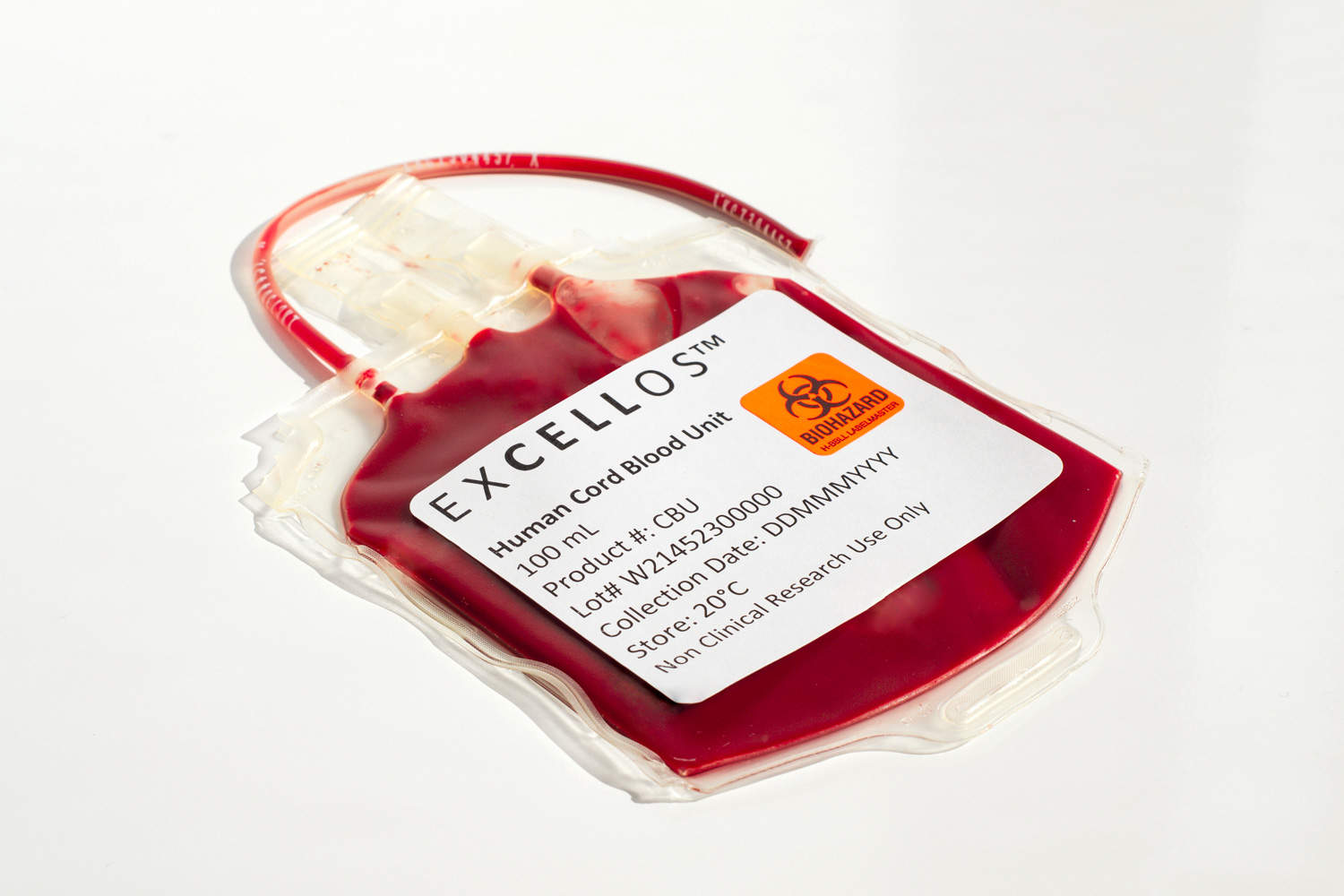Once in the operating theater, surgeons attach the laboratory-generated bioimplant to the affected area of the patient’s heart. After a year, the implanted tissue adheres and adapts perfectly to the structure of the heart, covering the scar left by the heart attack.
The study is the first forward-looking, or prospective, study to examine gut flora composition and a large variety of other factors in infants, in relation to the development of the children’s nervous system. The researchers have found many biological markers that seem to be associated with future neurological development disorders, such as autism spectrum disorder, ADHD, communication disorder and intellectual disability.
“The remarkable aspect of the work is that these biomarkers are found at birth in cord blood or in the child’s stool at one year of age over a decade prior to the diagnosis,” says Eric W Triplett, professor at the Department of Microbiology and Cell Science at the University of Florida, U.S., one of the researchers who led the study.
The study is part of the ABIS (All Babies in Southeast Sweden) study led by Johnny Ludvigsson at Linköping University. More than 16,000 children born in 1997–1999, representing the general population, have been followed from birth into their twenties. Of these, 1,197 children, corresponding to 7.3%, have been diagnosed with autism spectrum disorder, ADHD, communication disorder or intellectual disability.
A large number of lifestyle and environmental factors have been identified through surveys conducted on several occasions during the children’s upbringing. For some of the children, the researchers have analyzed substances in umbilical cord blood and bacteria in their stool at the age of 1.
A Centers for Disease Control and Prevention report in November found that among pregnant U.S. women infected with COVID-19, about 1 in 80 deliveries was a stillbirth—the loss of a fetus anytime after 20 weeks. That’s compared with 1 in 155 among uninfected women.
The study stillbirths occurred on average at 30 weeks; normal pregnancies last about 40 weeks.
High blood pressure, certain chronic illnesses and fetal abnormalities are among conditions that can increase chances for stillbirths, including in women with COVID-19.
It is unclear whether omicron infections also increase chances for stillbirths; the study was done before that highly infectious variant emerged.
Cambridge scientists have identified a key signal that the fetus uses to control its supply of nutrients from the placenta, revealing a tug-of-war between genes inherited from the father and from the mother. The study, carried out in mice, could help explain why some babies grow poorly in the womb.
As the fetus grows, it needs to communicate its increasing needs for food to the mother. It receives its nourishment via blood vessels in the placenta, a specialised organ that contains cells from both baby and mother.
Between 10% and 15% of babies grow poorly in the womb, often showing reduced growth of blood vessels in the placenta. In humans, these blood vessels expand dramatically between mid and late gestation, reaching a total length of approximately 320 kilometres at term.
“These are not organisms you want in your bloodstream or joint space,” said Dr. Kiran Perkins, the CDC medical officer leading the agency’s investigation.
The research team of Jesse N. Cottrell, M.D., D’Andrea S. Thomas, M.S., Brenda L. Mitchell, M.D., Jason E. Childress, M.D., Diane M. Dawley, M.D., Lawrence E. Harbrecht, M.D., David C. Jude, M.D., and Monica A. Valentovic, Ph.D., conducted a comparative, cross-sectional study on 172 pregnant women—79 who were considered rural and 93 considered urban as determined by U.S. Census Rural-Urban Commuting Area Codes. Umbilical cord blood was collected at the time of delivery and analyzed for 20 inorganic elements.
The study found significant differences between urban and rural samples for two elements. Copper and molybdenum were higher in urban samples. No marked differences between groups occurred for arsenic, barium, cadmium, calcium, cobalt, lead, lithium, magnesium, manganese, mercury, selenium, strontium or zinc. All samples were devoid of platinum, silver, thallium or uranium. Self-reported tobacco use was 25% and 26.9% in the rural and urban groups respectively. Nicotine product exposure was confirmed by measuring cotinine, a stable metabolite of nicotine. Nicotine usage was associated with higher levels of lead, manganese and copper levels compared to non-smokers.
“The fetus and placenta are particularly vulnerable to toxins due to the immaturity of the blood-brain barrier and diminished biotransformation enzymatic activity,” said Valentovic, the study’s principal investigator. “Excess or inadequate levels of inorganic ions may induce significant acute and long-term irreversible dysfunction in humans. Further analysis is needed to determine if there is a link between neonatal outcomes and prenatal exposure to these elements.”
Performed as part of reconstructive surgery when the infant is a few months old, the stem cell procedure provides good results in growing new bone to close the upper jaw cleft—and may avoid the need for later bone graft surgery, according to the case report by Alejandro Garcia Botero, MD, of Hospital De San José, Bogota, Colombia, and colleagues.
